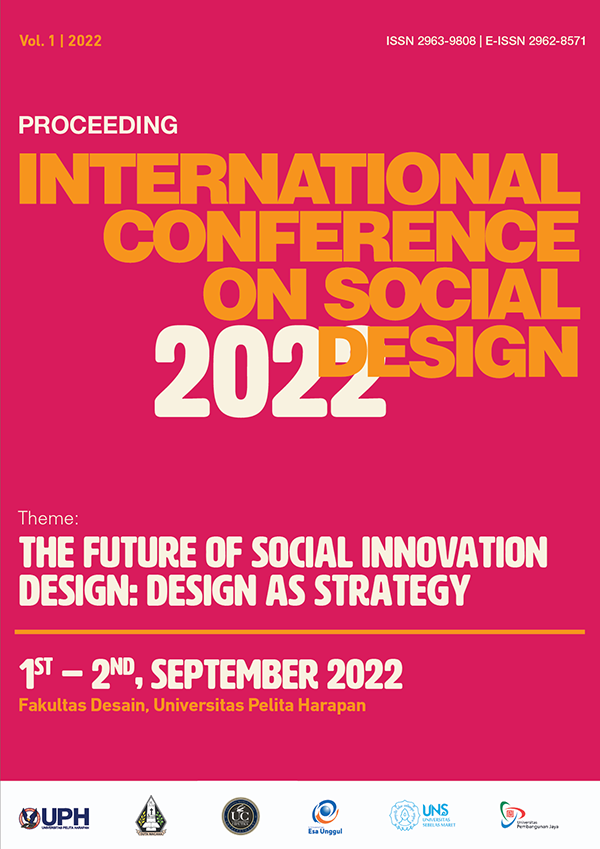The Effectiveness of Building Envelope through OTTV Analysis (Case Study: Building B, Universitas Pembangunan Jaya)
Abstract
Directorate General of New Renewable Energy and Energy Conservation states that the most significant contributor to gas emissions in the Refrigeration and Air Conditioning (RAC) sector in Indonesia is Unitary Air Conditioning (UAC). The percentage of UAC continues to increase because Indonesia has had around 2000 skyscraper constructions since 2015. Regarding future building performance, there are many strategies to design the green building concept, such as how we feel about the building envelope. The building envelope should be prepared to gain energy efficiency and can be determined by calculating the Overall Thermal Transfer Value (OTTV). Based on SNI 6389:2011, OTTV has a maximum value of 35 W/sqm. The OTTV itself is equal to the heat load that enters the building for instance, if the OTTV is low then less heat will enter the building. Thus, the use of UAC is also lower. This research will analyze the effectiveness of the building envelope in Building B, Universitas Pembangunan Jaya, which currently uses external shading for the building envelope. However, even with external shading, the use of air conditioning and curtains when the room inside is operating still occurs. It is assumed that the existing building envelope in Building B may not work effectively. Therefore, this research wants to find out whether the building envelope in Building B, Universitas Pembangunan Jaya is effective through OTTV analysis and make retrofit suggestions to improve building performance.
Literaturhinweise
Aksamija, A. (2013). High Perfomance Building Envelopes: Design Methods For Energy Efficient Facades. (1-15, Ed.)
Alfian, W. O. (2018). Pengaruh Fasad Terhadap Kinerja Energi Pendinginan Pada Kantor Pemerintah di Surabaya. Surabaya: Institut Teknologi Sepuluh November.
Badan Standarisasi Nasional. (2000). SNI 03-6389-2000.
Badan Standarisasi Nasional. (2011). SNI 6389:2011. 1-65.
Council on Tall Building and Urban Habitat. (2016). skyscrapercenter.com. Retrieved 2022, from https://www.skyscrapercenter.com/country/indonesia
Dinas Lingkungan Hidup. (2019). PEMANASAN GLOBAL (GLOBAL WARMING). Retrieved from dlh.bulelengkab.go.id: https://dlh.bulelengkab.go.id/ informasi/detail/artikel/pemanasan-global-global-warming-76
Hong, Y., Deng, W., & Ezeh, C. I. (2019). Low-rise Office Retrofit: Prerequisite for Sustainable and Green Buildings in Shanghai.
Mursadin, A., & Subagyo, R. (2016). Bahan Ajar Perpindahan Panas I HMKK 453.
Pemerintah Provinsi DKI Jakarta. (2012). Selubung Bangunan. Jakarta.
Rahmawati, A., Wisnumurti, & Nugroho, A. M. (2018). Pengaruh Penerapan Green Retrofit Terhadap Life Cycle Cost Pada Bangunan Gedung. 12, 1-7.
Wahidmurni. (2017). Pemaparan Metode Penelitian Kuantitatif. Retrieved 2022, from http://repository.uin-malang.ac.id/1985/2/1985.pdf





1.png)
